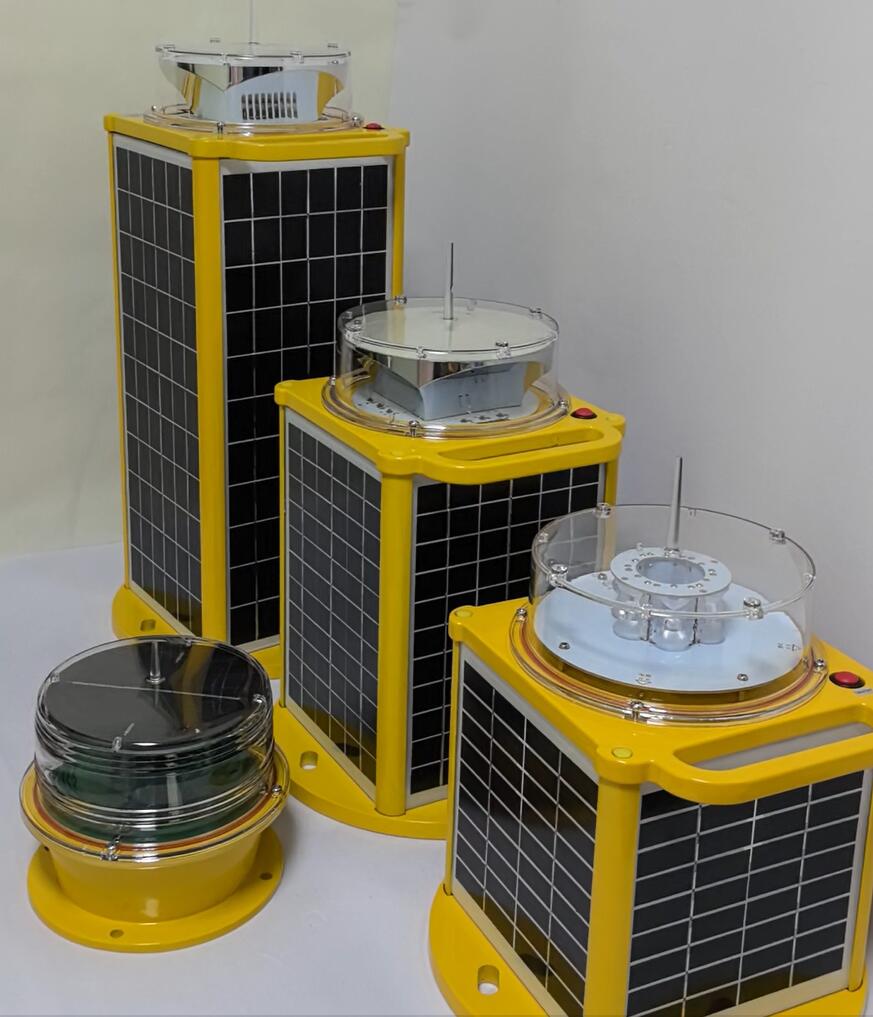LED Marine Lanterns: Illuminating the Future of Maritime Navigation
The New Era of Marine Lighting Technology
LED marine lanterns have revolutionized maritime safety, replacing traditional incandescent and halogen systems with superior performance and reliability. These advanced navigation aids now dominate the marine lighting industry, offering unprecedented visibility while dramatically reducing maintenance needs. From busy commercial ports to remote offshore installations, LED marine lanterns provide the dependable illumination modern maritime operations require.
Breakthrough Advantages of LED Technology
Unmatched Operational Performance
50,000+ hour lifespan (5-10x longer than conventional lights)

Instant full-intensity illumination with no warm-up period
Precise color rendering meeting strict IALA standards
Directional light control minimizing wasted illumination
Enhanced Durability Features
Vibration-resistant solid-state construction
| led marine lantern |
Corrosion-proof marine-grade aluminum housings
Waterproof to IP68 standards for submersion protection
-30°C to +60°C operational temperature range
Regulatory Compliance and Standards
International Lighting Requirements
IALA Recommendation E-110 for buoy and beacon lights
SOLAS Chapter V navigation light specifications
USCG 33 CFR Subchapter C compliance standards
EN 62368-1 electrical safety certification
Critical Performance Metrics
1-20 nautical mile visibility range options
0.5-4.0 second flash duration precision
360° horizontal/8° vertical beam patterns
<2% intensity degradation per year
Specialized Marine Applications
Port and Harbor Navigation
Channel marker lights with precise beam angles
Leading line systems for safe harbor entry
Dock edge illumination for nighttime operations
Offshore Safety Systems
Oil platform perimeter warning lights
Wind farm obstruction marking arrays
Aquaculture site boundary indicators
Coastal Protection Networks
Breakwater alignment guidance systems
Danger zone warning configurations
Tidal current directional markers
Smart Technology Integration
Remote Monitoring Capabilities
GSM/satellite performance tracking
Automatic fault detection alerts
| LED Marine Lanterns |
Theft prevention GPS systems
Environmental Adaptation
Fog-penetrating wavelength optimization
Wave motion stabilization algorithms
Dynamic intensity adjustment for weather conditions
Installation and Maintenance Innovations
Structural Advancements
Ultra-lightweight composite housings
Quick-release mounting systems
Modular component replacement design
Service Optimization
Tool-free lens access for cleaning
Predictive maintenance scheduling
Plug-and-play component replacement
Power System Breakthroughs
Sustainable Energy Solutions
Solar-assisted charging systems
Lithium-ion backup batteries
Energy harvesting technologies
Reliability Enhancements
Dual-power automatic switching
3+ year autonomous operation
Extreme weather operation guarantees
Emerging Technologies in Marine Lighting
Connected Navigation Networks
AIS-integrated smart lanterns
Vessel Traffic System compatibility
Automated reporting to maritime authorities
Advanced Material Science
Graphene-enhanced thermal management
Self-cleaning hydrophobic coatings
Biofouling-resistant surface treatments
Human-Centric Design Features
Mariner Visibility Optimization
Glare reduction optical engineering
Color differentiation enhancements
Pattern recognition improvements
Maintenance Crew Safety
Explosion-proof hazardous area designs
Ergonomic servicing features
Reduced maintenance frequency
The Future of Marine Navigation Lighting
As maritime operations become increasingly automated, LED marine lanterns are evolving into intelligent components of larger navigation ecosystems. Coming advancements include:
AI-powered adaptive flash patterns
Blockchain-based maintenance records
Augmented reality integration
Biometric performance monitoring
The Gold Standard in Marine Safety
LED marine lanterns represent the pinnacle of maritime navigation technology, combining unparalleled reliability with cutting-edge innovation. These critical safety devices have transformed from simple warning lights into sophisticated components of global marine infrastructure.
